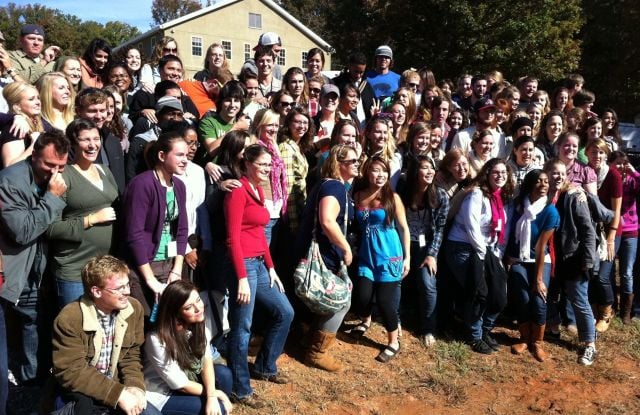When I fail as a leader, what bothers me the most is if I’ve failed to create a safe place.
A leader is responsible for the atmosphere in her team. It’s one of the most important things she does. People do their best work in an atmosphere of safety.
We feel safe when we know we’re …
By Seth Barnes
 When I fail as a leader, what bothers me the most is if I’ve failed to create a safe place.
When I fail as a leader, what bothers me the most is if I’ve failed to create a safe place.
A leader is responsible for the atmosphere in her team. It’s one of the most important things she does. People do their best work in an atmosphere of safety.
We feel safe when we know we’re not going to come under attack, when we and our work are going to be appreciated as gifts.
Think about the teams you’ve been a part of – have they been safe? Begin with your family of origin and then your first work place. Were you criticized? Was your voice appreciated? Did the experience show you the grace of God?
Tim Abare and I were talking about teams we’ve been on. He described a team whose highest goal seemed to be to serve the needs of the leader. It was a toxic environment. Tim hated coming to work. Sure, the pay was good, but he didn’t feel safe there and was relieved when he was able to leave.
As one who leads a lot of teams, there are four key tasks I’m responsible for that help ensure a safe atmosphere:
- Leaders: Pick leaders who know how to create safety in the team.
- Norms: Ensure that the team establishes strong team norms at the outset, then periodically recommits to those norms.
- Feedback: Ask the team to give honest feedback at least weekly. Our World Race teams give feedback to each other daily.
- Evaluation: Ensure that we’re monitoring the atmosphere in those teams. Because leaders can be controlling and unaware that the atmosphere in the team has turned toxic, the evaluation systems need to hold them accountable. People need to be free to speak the truth.
Some sample norms
Sometimes we take civility for granted and are surprised by manipulative team members. Norms help regulate bad behavior. A few sample norms:
- No sarcasm
- Regular, honest feedback
- Pray together daily
- Accountability to responsibilities
- Practice grace
- Play together
When it’s not safe
How do you know when the atmosphere is not safe, when perhaps it’s even become toxic?
You can begin by looking at yourself: Do you enjoy your team? Do you feel free to be yourself, to do your best work? Or just listen: Do you hear laughter? Do you hear natural banter?
In a safe team, people are free to be vulnerable. They share their lives. They feel committed to one another and pray for one another. They’re moving toward their goals and callings.
What teams are you a part of? Are they safe? If you’re a leader, how are you doing in creating safety on the team?




thanks for always seeking to create safe places here pops.
This is good. Thanks Seth.
…I just sent this to my D squad team leaders. Thanks!
great post. i clipped it to my “how to create a safe place” evernote for ireland! thanks seth.